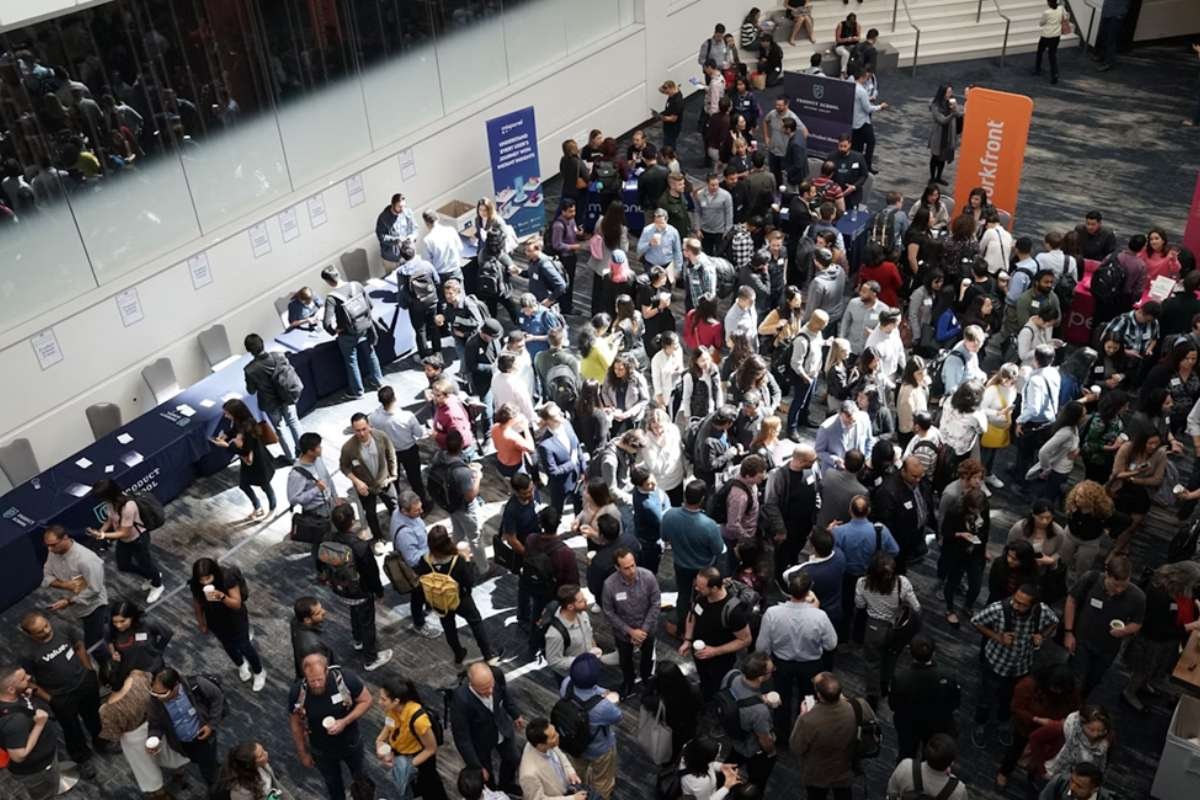Here are the Top 7 Manufacturing Trends For 2023;
1. Production based on demand from end users
Manufacturers have challenges keeping up with the ever-changing needs of consumers and the rapid pace at which technology advances.
At the very least, contemporary clients want same-day delivery, individualized goods and services, and transparent delivery methods. But distinguishing your organization and being internationally competitive needs high levels of agility and flexibility that conventional business models don’t enable.

Rather, consumer-driven production is predicated on knowing and meeting the requirements of your target market. Manufacturing Trends For 2023, What gives? Through the incorporation of cutting-edge tools and methods, such as data analytics, the IoT, AI, and many more, into your current infrastructure and applications.
Digital quality control, asset location tracking, and automatic material replenishment are just some of the methods manufacturers may use to streamline their processes, cut down on waste, and speed up the delivery of finished goods to customers. With these tools, users and stakeholders may pick their own digital interaction experiences.
2. Connected services
Increases in productivity brought about by technological advancements are altering the products and services that factories can provide to consumers. Manufacturing Trends For 2023, Extra services centered on internet-connected objects including medical gadgets, automobiles, hand tools, equipment, and wind turbines.
According to Capgemini’s analysis of the manufacturing sector’s adoption of connected services, “We see business models evolving to pay-per-use and pay-per-output,” in which consumers pay not for the product itself but for the advantages the product provides.
3. Predictable, consistent supply chains
Supply and demand in the market are very unpredictable, which presents a challenge for manufacturers. Manufacturing Trends For 2023, According to Deloitte, most buying managers still deal with system-wide challenges due to increasing customer demand, escalating material and freight prices, and lengthy delivery times.
Many companies are developing models to make supply chains and logistics more predictable since disruptions are prevalent and expensive. Automating formerly labor-intensive processes with tools like AI, data analytics, and sensors aids supply chain managers in spotting trends, forecasting demand, and managing stock levels. “digital supply networks and data analytics may be effective facilitators for more flexible, multi-tiered responses to disturbances,” states Deloitte.
4. Industry 4.0 and the digital economy
This era marks the beginning of Industry 4.0, the fourth major shift in the industrial sector. Manufacturing Trends For 2023, Hyper-automation, Internet of Things (IoT), smart factories, and big data are hallmarks of the fourth industrial revolution, which builds on the digital innovations introduced during the third. Because of these developments, the concept of a “digital economy” has gained traction throughout the world.

The technologies of today continue to connect the physical and cyberworlds, as TechTarget puts it: “The fourth industrial revolution builds on the digital revolution.” As a result of the rapid development of new technologies, manufacturers now have more options than ever before to optimize their business strategies, streamline their processes, and complete their work in record time.
Businesses and consumer goods like Netflix, Spotify, Airbnb, Uber, and Lyft would not exist in today’s market without the proliferation of digital technology. And as technology progresses, so does the nature of competition. Manufacturing Trends For 2023, What happened to Blockbuster Video? By providing streaming services, Netflix was ahead of the digital curve, whereas Blockbuster was woefully behind. Only those old enough to remember the 1990s may recall Blockbuster, but nowadays everyone has a Netflix subscription.
5. Sustainability
Manufacturers are under increasing pressure to meet increasing global demand for their goods. Manufacturing Trends For 2023, According to the World Economic Forum, industrial production in the United States accounts for 23% of the country’s direct carbon emissions, whereas industrial production in Europe produces 880,000,000 metric tons of carbon dioxide yearly.
Reason being, conventional production models are linear and based on fossil fuels, over-production, and wasteful discards. However, an increasing number of factories are adopting a circular economy, a model that minimizes waste and maximizes productivity in manufacturing.
Automation, efficiency, and simplification are all boosted by using AI and machine learning in the circular economy. Each step of production may benefit from recycling, refurbishment, and remanufacturing to decrease waste, save money, and lessen an organization’s environmental impact. Manufacturing Trends For 2023, By providing real-time information, digitalizing processes helps firms make timely decisions that advance sustainability initiatives.
6 – Hyper-automation
Gartner has named hyperautomation, “a business-driven, disciplined methodology that businesses utilize to swiftly discover, validate, and automate as many business and IT operations as feasible,” as one of the Top Strategic Technology Trends for 2022.
Hyper automation relies on the coordinated use of technologies including artificial intelligence (AI), sensors, machine learning, robotic process automation (RPA), low-code development platforms, and business process management (BPM) software. Manufacturing Trends For 2023, This practice is becoming more commonplace in many fields that have previously operated independently of one another, including manufacturing, engineering, and information technology (IT) management of systems and software.
Many industrial companies are still using inefficient, time-consuming manual procedures due to the industry’s strong emphasis on internal silos. Hyperautomation eliminates the need for human intervention and increases visibility into business processes. Human resources are freed up to concentrate on higher-order activities, like innovating, while technology performs routine but essential processes.
7 Smarter manufacturing plants
Smart factories, also known as digital or intelligent factories, use highly automated and self-adapting gear and equipment to maximize productivity and adaptability. Manufacturing Trends For 2023, Products and stock are monitored by sensors, and maintenance requirements are assessed in real time thanks to cloud-enabled machinery and tools.

Forward-thinking manufacturers are common, and Adidas is only one example. Adidas’ “speed factory,” an attempt to build a factory of the future, is stocked with cutting-edge technology including 3D printers, robotic arms, laser cutters, and Internet of Things (IoT) equipment so that prototypes and digital copies can be made rapidly. Manufacturing Trends For 2023, Adidas can print prototypes fast to respond to fluctuating customer needs with reduced lead times thanks to automation and robots aiding human workers.








